
Protein Plasticity:
We are investigating how different allelic forms of a gene, change the plasticity and dynamics of the resulting protein affecting their function. As an example, the Cytochrome P450 2D6, which is an enzyme involved in the metabolism of drugs such as antiarrhythmics, adrenoceptor antagonists, and tricyclic antidepressants, change its plasticity and dynamics to become less effective in the transformation of exogenous drugs, causing substrate accumulation which generate side-effects, or avoiding the biotranformation of prodrugs to finally not having a treatment effect. The plasticity effects in proteins has gained importance because the genetic variability in the population. A personalized medicine will be necessary with a genetic diagnosis before the treatment starts.
Design of DNA-decoy for breast cancer treatment.
We are focusing on the HIF-1 alpha, which is a subunit of a heterodimeric transcription factor hypoxia-inducible factor (HIF-1) that is encoded by the HIF1A gene. It is a basic helix-loop-helix PAS domain containing protein, and is considered the master transcriptional regulator of cellular and developmental response to hypoxia. This protein plays an important role in cellular response to systemic oxygen levels in mammals, inducing transcription of more than 60 genes, including VEGF and erythropoietin that are involved in biological processes such as angiogenesis and erythropoiesis, which assist in promoting and increasing oxygen delivery to hypoxic regions, important for tumor grow. The alpha subunit migrates to the nucleus when the level of oxygen is low, promoting the transcription. Here, we are designing a DNA-decoy that resist the degradation and bound the HIF1-alpha, avoiding the transcription of genes responsible for the angiogenesis process in cancer cells.
Molecular Docking
We are using molecular docking techniques to carried out Structural Based Drug Design SBDD, focused on green fungicides and pesticides.
Also we are focused on the development of molecular modeling approaches for therapeutical application in tuberculosis, using as pharmacological target the P-type ATPases.

